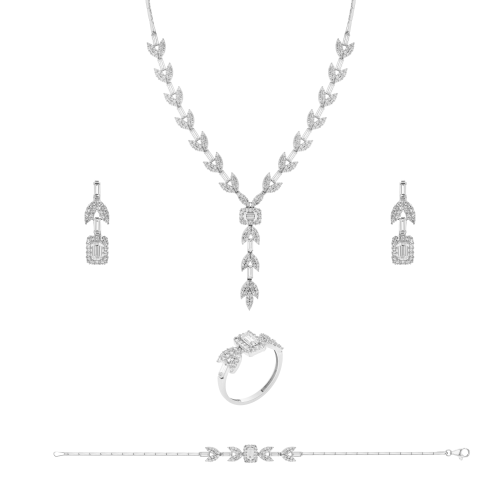Gold's Sacred Role in Ancient Mythology and Religion

Throughout human history, gold has captivated civilizations not merely for its economic value but for its profound spiritual and mythological significance. This precious metal, with its lustrous yellow hue and imperishable nature, has been intrinsically linked to divinity, immortality, and celestial power across diverse cultures and religious traditions.
The Solar Connection
In numerous ancient civilizations, gold's radiant appearance created an immediate association with the sun and solar deities. The ancient Egyptians believed gold was the flesh of the gods, particularly Ra, their supreme sun deity. They called gold "the breath of God," and pharaohs, considered living gods, were buried in golden sarcophagi to ensure their immortality. The gleaming metal was thought to reflect the sun's power and eternal nature, making it an essential element in religious ceremonies and royal burials.
Similarly, the Incas referred to gold as the "sweat of the sun" and believed it possessed divine energy. Their temples, particularly the famous Coricancha in Cusco, were adorned with massive quantities of gold to honor Inti, their sun god. The metal's presence was thought to create a direct connection between the earthly and divine realms.
Divine Attributes and Immortality
Gold's resistance to corrosion and tarnishing led many cultures to associate it with immortality and divine perfection. In Hindu mythology, gold represents immortality and truth, with many deities depicted wearing golden ornaments or having golden features. The sacred Mount Meru, the cosmic axis of Hindu cosmology, was believed to be made of gold, symbolizing spiritual illumination and divine knowledge.
Greek mythology features numerous tales involving gold, perhaps most famously the story of King Midas, whose ability to turn everything he touched into gold served as a cautionary tale about greed and divine punishment. The Golden Fleece, sought by Jason and the Argonauts, represented divine kingship and authority. The Greeks also believed that their gods dined from golden plates and lived in golden palaces on Mount Olympus
.
Sacred Architecture and Ritual Objects
The use of gold in religious architecture and ritual objects spans cultures and continents. Buddhist traditions incorporate gold extensively, with many temples featuring golden Buddha statues and stupas. The famous Golden Temple in Amritsar, India, uses gold not only for its aesthetic beauty but as a symbol of spiritual purity and divine presence.
In Christian tradition, gold appears frequently in biblical narratives, from the gifts of the Magi to the streets of heaven described in Revelation. Medieval churches and cathedrals often featured golden altar pieces, chalices, and religious icons, reflecting the belief that the most precious materials should be used to honor the divine.
Shamanic and Alchemical Traditions
In many shamanic traditions, gold was believed to possess healing properties and the ability to facilitate communication with the spirit world. Native American cultures often associated gold with the power of the sun and used it in ceremonial objects and healing rituals.
Alchemical traditions across cultures viewed gold as the perfect metal, representing the pinnacle of material and spiritual transformation. The quest to turn base metals into gold was not merely about creating wealth but symbolized the transformation of the human soul from its base nature to divine perfection.
Political Power and Divine Right
Gold's religious significance often extended into the political realm, where it served to legitimize rulers' claims to divine authority. Japanese emperors claimed descent from the sun goddess Amaterasu, and golden regalia symbolized this divine connection. Similarly, European monarchs used golden crowns and scepters to reinforce their divine right to rule.
Modern Resonances
While contemporary societies may have largely moved away from viewing gold as inherently divine, its religious and mythological associations continue to influence cultural practices. Gold remains a prominent feature in religious architecture, ceremonial objects, and wedding rings, carrying forward ancient associations with permanence, purity, and sacred bonds.
The metal's enduring presence in religious and cultural traditions speaks to humanity's persistent fascination with its unique properties and symbolic potential. From ancient sun worship to modern religious ceremonies, gold continues to bridge the material and spiritual realms, serving as a tangible link to humanity's earliest understanding of the divine.
Gold's role in ancient mythology and religion reveals how deeply intertwined material and spiritual values can become in human culture. Its unique physical properties - its luster, malleability, and resistance to corruption - made it an ideal symbol for divine attributes across civilizations. Understanding gold's religious and mythological significance provides valuable insights into how ancient cultures conceptualized their relationship with the divine and how these beliefs continue to influence cultural practices today.







